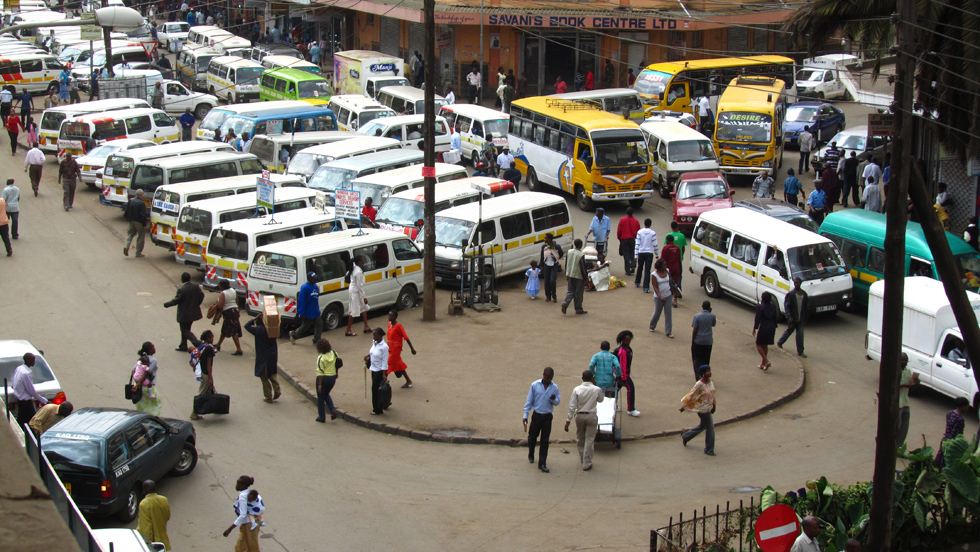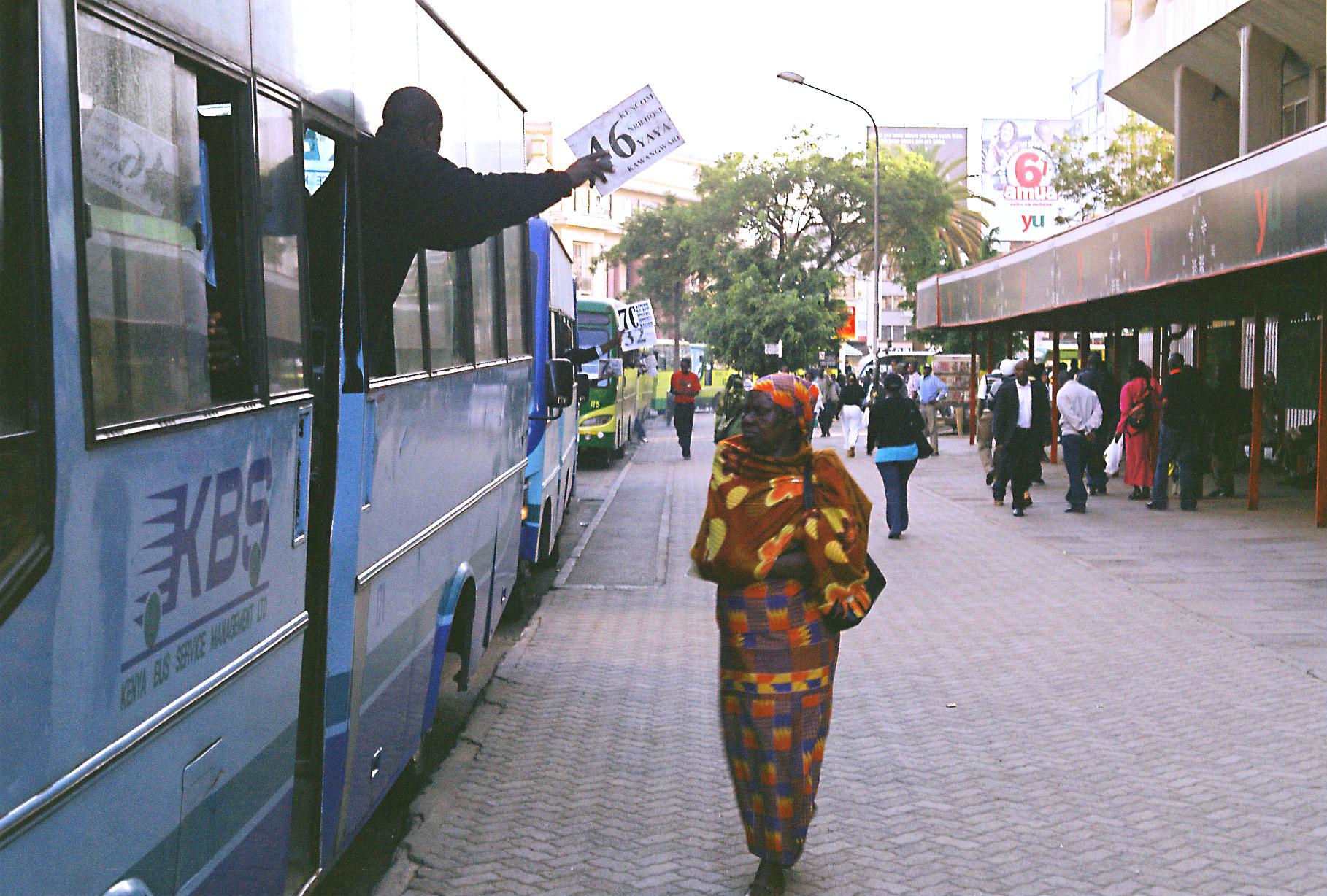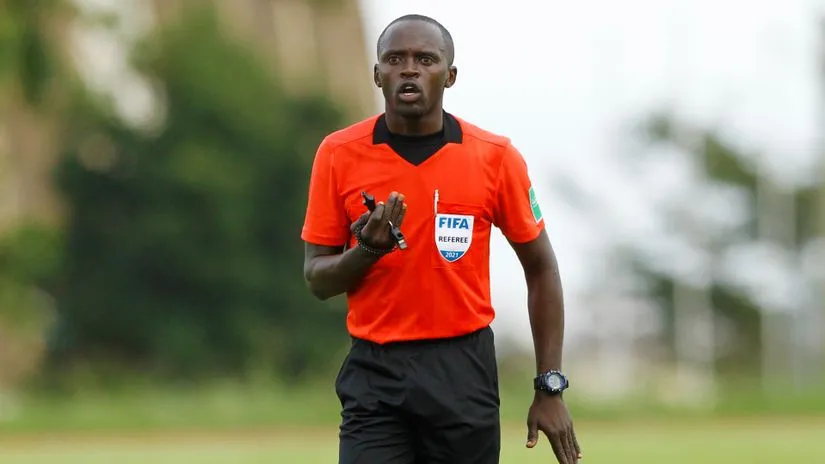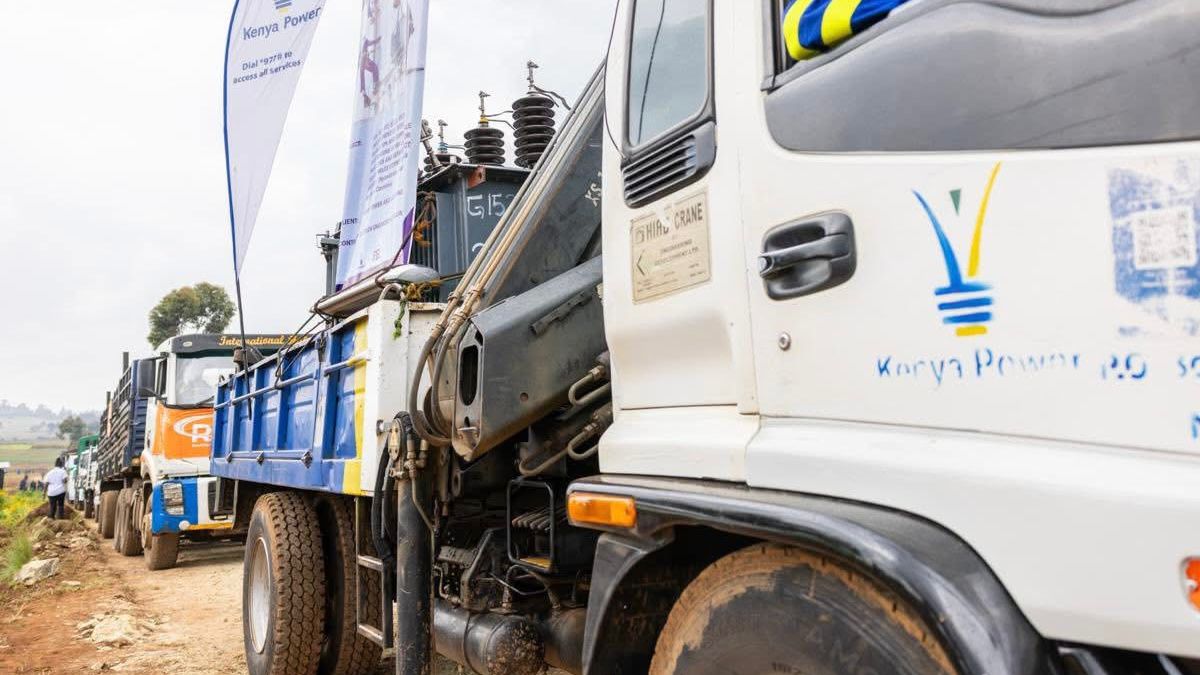Anyone who has been to Nairobi knows how difficult it is to move around and navigate the city especially if you are new.
On a daily basis, there are thousands if not millions of people traversing the city. There are also hundreds of public service vehicles plying different routes.
It is very easy to get lost since the various bus stops are very close and not properly organised.
In a bid to create a unique identifying factor, different routes were allocated specific numbers which were clearly labeled on matatus for users to easily identify. To date, matatu numbers have become synonymous with travelling around Nairobi.
So where did matatu numbers come from?
Read More
While there are many theories regarding the origin of matatu numbers, the most credible is that the numbers were developed by the Kenya Bus Service in the 1930s.
Speaking during an interview with Kenya Bus blog, the company’s Traffic Assistant Geoffrey Wandera said Kenya Bus came up with the numbers as a way of managing operations of their fleet of cars and providing a smooth transport system in the city.
Explaining how the numbers were allocated, Wandera noted that the allocation was based on distance from the CBD and the complexity of getting to the final destination.
The routes were classified into three namely; routes connecting estates in Nairobi’s periphery to the CBD (urban), routes cutting across several estates before getting to the final destination (intra-urban), and lastly, routes connecting towns outside Nairobi to the city centre (peri-urban).

Matatus at a bus terminus. [Photo: Courtesy]
Wandera said numbers under 100 were reserved for urban and intra-urban routes except for 1, 2, and 3 (Dagoretti-Ngong road route) which were for peri-urban routes alongside those over 100.
If you are keen you’ll notice some matatu numbers have letters for instance 8B and 7C among others. According to Wandera, the letters were used to signal that the particular matatu will deviate from the original route.
He further noted that letters were used to differentiate matatus plying the full cycle of a particular route from those doing a shorter version.
“For instance, route number 7 used to come from Kenyatta National Hospital via City Center to Jericho while route 7C was a shorter route and operated from Kenyatta National Hospital to the City Center,” he was quoted.
In some instances, vehicles had circular routes where at one point they’d be 9 and later change to 6.
Explaining the circular route, Wandera said the 9 would mean the vehicle is moving to its destination say Kamukunji, then 6 would mean its making a return trip from Kamukunji to town.




-1767275629.jpeg)

-1683725821.jpg)




